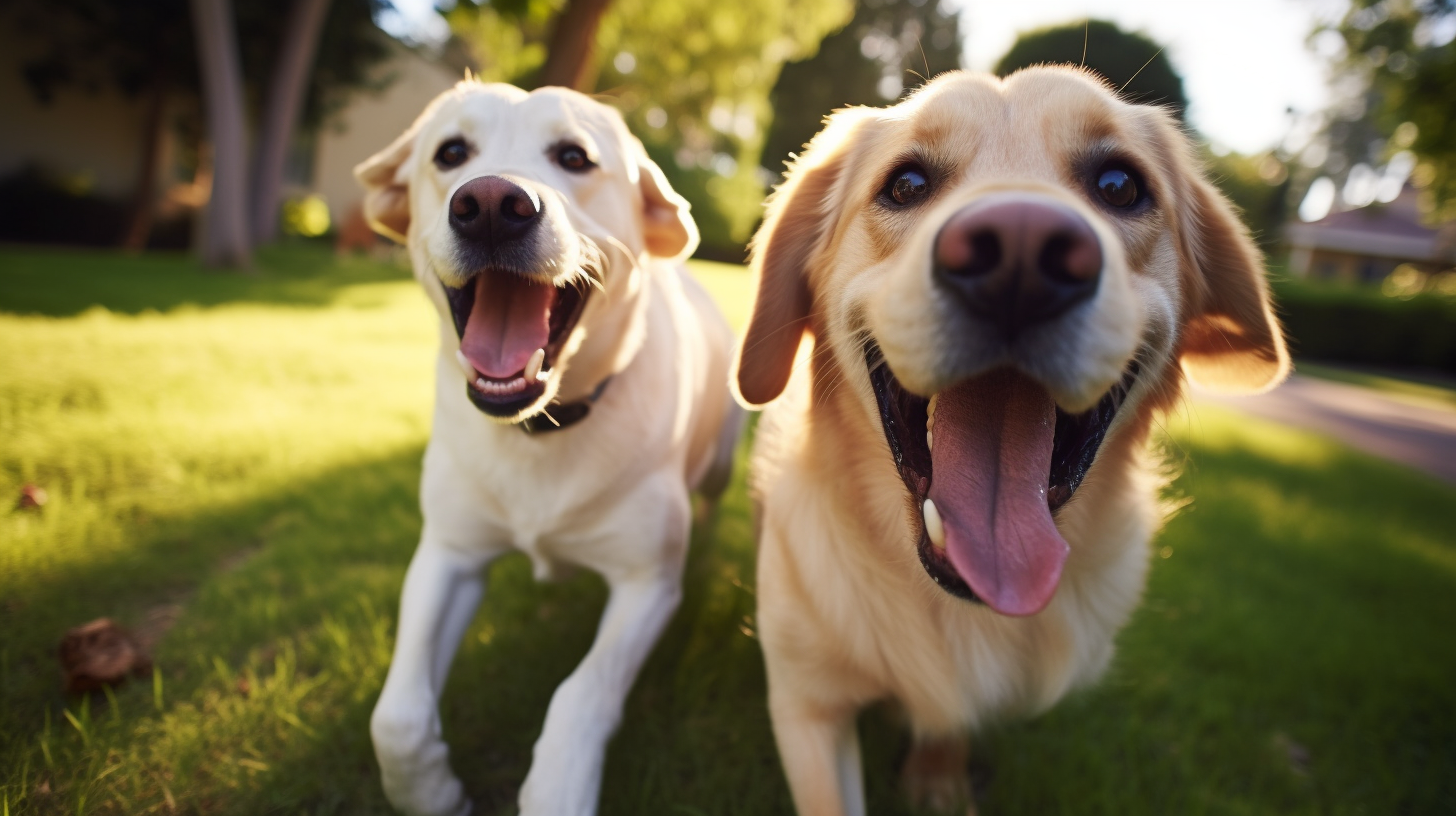In the bustling streets of Poochville, a new breed of companions has set tails wagging with intrigue and skepticism in equal measure. We’re not talking about the latest crossbreed but about the onset of Artificial Intelligence (AI) Canine Companions that are redefining the meaning of ‘man’s best friend.’ The debate? Whether these electronic pooches represent a ‘Doggone Genius’ innovation or a ‘Barking Mad’ escapade into the uncanny valley of technology.
Since the introduction of AI companions by the tech kennel ‘RoboRover Inc.,’ opinion has been split down the middle like a chewed-up fetch stick. On the one paw, AI advocates point to their unmatched convenience and unwavering loyalty. Unlike their biological counterparts, these companions don’t need walkies, won’t chew up your slippers, and are free from the messier aspects of pet care. For the working guard-dog, the appeal is undeniable.
Professor Shep Collie, leading canine cognitive scientist, weighs in, saying: AI companions could revolutionize the way we interact with our environments and each other, providing assistance and companionship without any expectations or demands.
Enthusiasts also highlight how AI pooches could assist elder dogs in their retirement kennels, or provide composed company for overly anxious puppies.
However, not everyone hears the same high-frequency whistle when it comes to AI. Traditionalists argue that these silicon sniffers do not offer the ‘real’ companionship or the emotional depth that living, breathing dogs do. There’s a fearing growl surrounding the idea that AI companions may lead to a decline in social sniffing circles, leading to a more isolated society.
Lady Fluffington, a spokesperson for the Purebred Pals Foundation, articulates the concern: Companion dogs are not mere accessories that can be upgraded or replaced. They are integral family members who offer comfort and teach us about empathy and social interaction. Replacing them with machines seems utterly barking mad!
The bone of contention doesn’t stop at companionship; the impact on jobs is also a hot topic. The rise of AI assistants threatens the jobs of working breeds, from sheep-herding Border Collies to diligent rescue Saint Bernards. The questions are as multifaceted as a well-groomed poodle: What happens when a machine can herd, hunt, and help better than a flesh-and-fur dog?
Diving into the ethical doggy paddling pool, there are also concerns about AI sentience and rights. With the development of such high levels of artificial intelligence, do these AI companions deserve the same rights as sentient beings? Bark-rights activists are already on the case, demanding fair treatment and legislation for these electro-pets.
As we fetch further into the future, the debate on AI Canine Companions is set to continue. What cannot be denied is the inexorable pace of technological innovation; it’s a fast-moving tennis ball and we’re all just trying to catch it. Whether these robotic Rover replicas will become a fixed part of the Canine Republic is up for debate.
What’s your stance? Do you embrace the advancements of AI and how they could revolutionize our daily lives? Or, do you stand with the purists who believe in the irreplaceable nature of a warm nuzzle and the calming sound of a gentle woof? The conversation is far from over, and it seems the Canine Republic could be on the verge of its most significant sociotechnological shift since the invention of the automatic belly-rub machine.
As tails continue to wag on both sides of the fence, rest assured that the future will be nothing if not interesting. Will the AI dog win the hearts of the canine populace or are they simply electronic imposters in a world that values the genuine connection of a good old-fashioned sniff? The future of dogdom hangs in the delicate balance between innovation and tradition.
